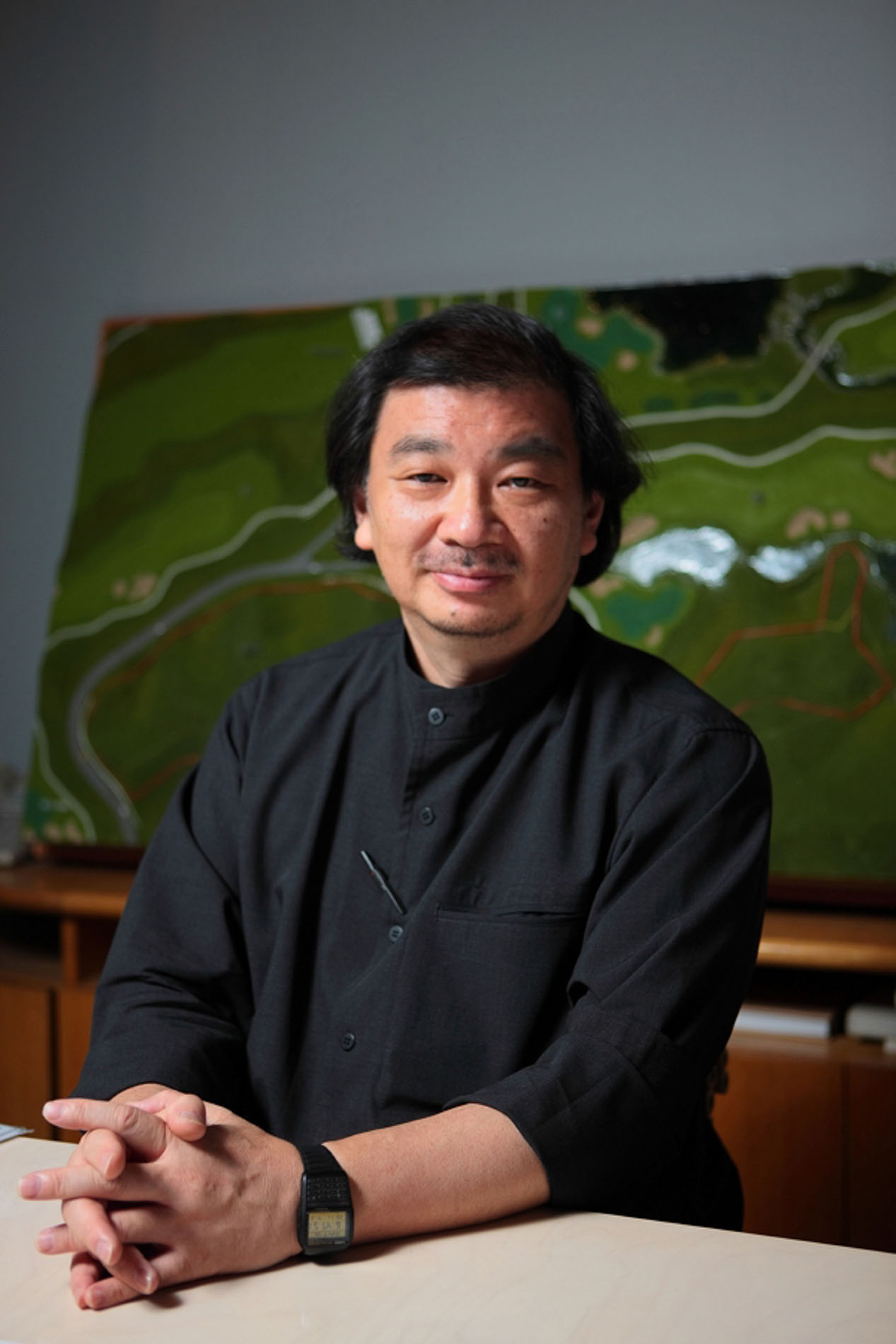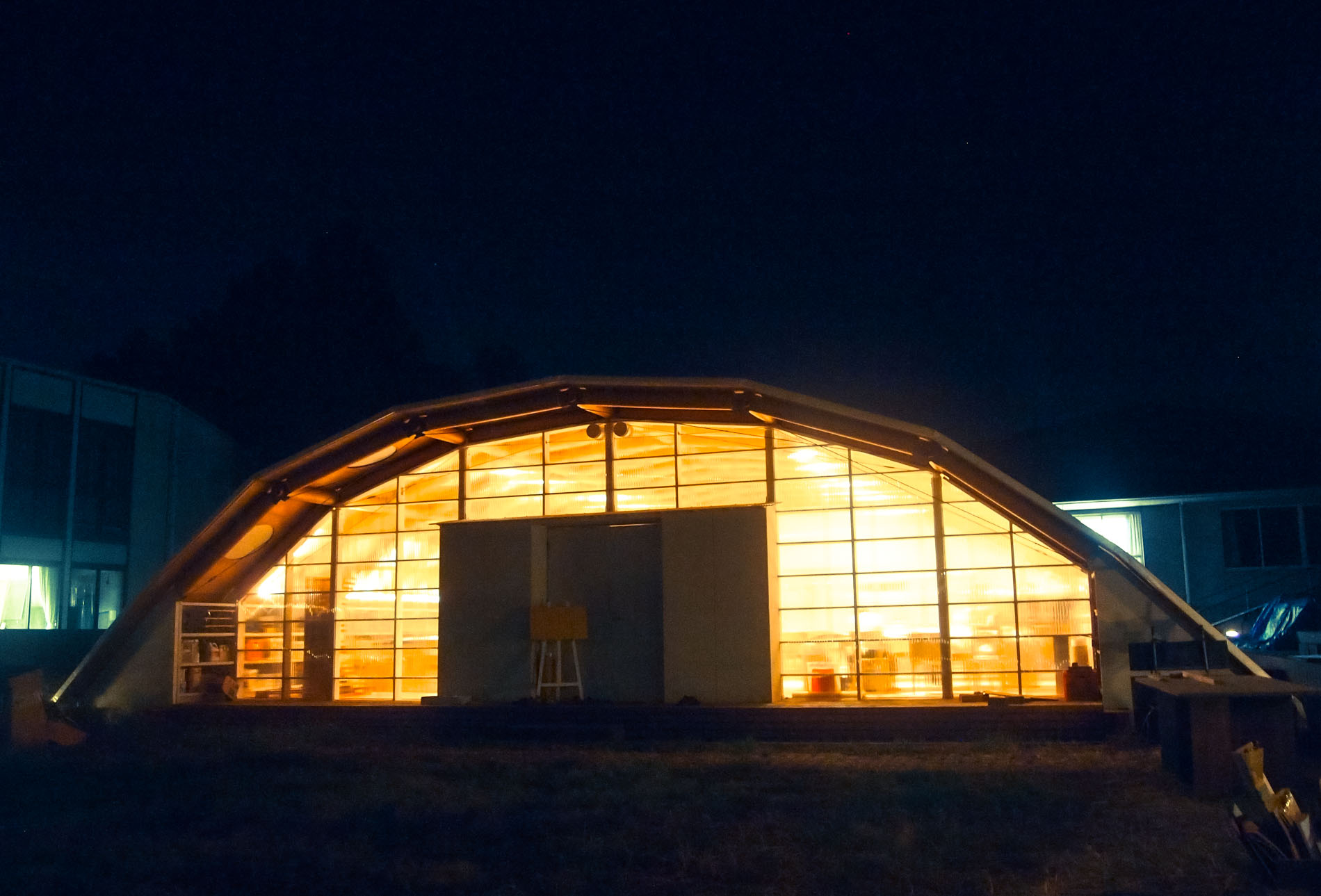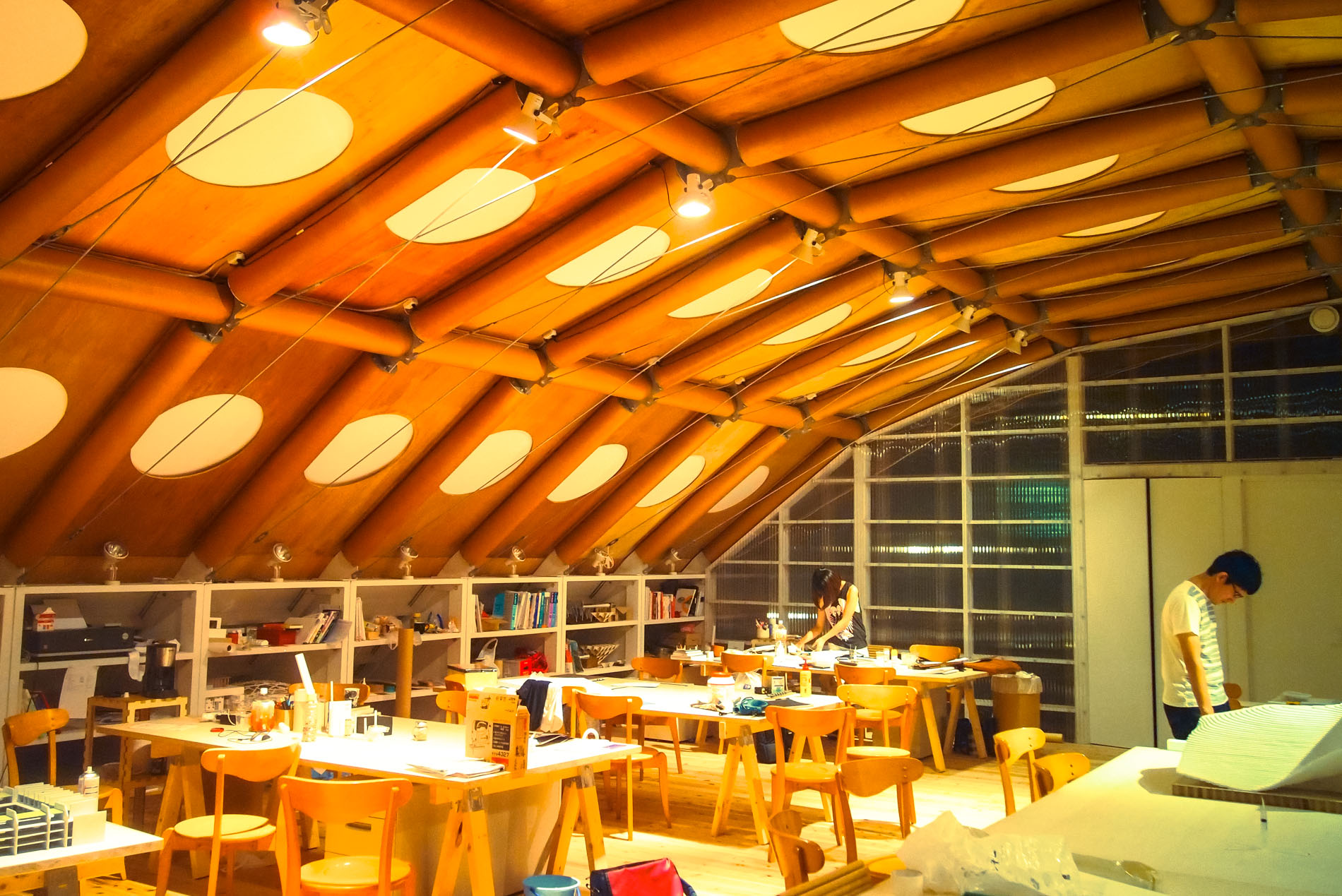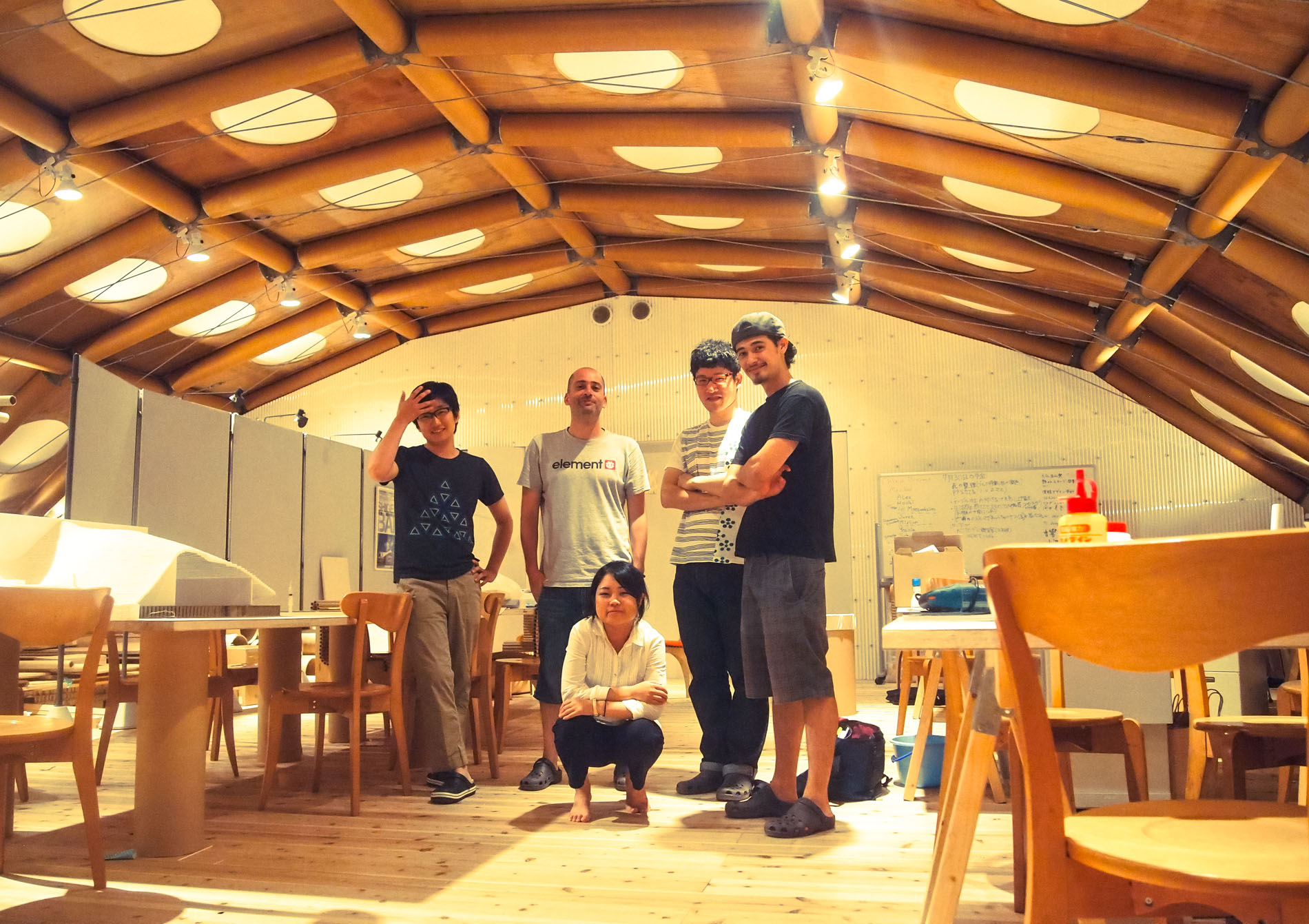[EN] Hi There! After some moths of hard work we're back with our brand new studio. It's quite close to were the old one was, bight and energy efficient. We've installed led lights all over the place and electricity is 100% produced from renewable energy sources. We've also signed a cooperation agreement with a new client (we´re very happy with this especial client) and will soon show you the future works we're working on at the moment. All this, as well as two more projects that will come out before Christmas. Keep in touch!!!
[ES] Hola de nuevo! Después de unos meses de duro trabajo ya tenemos nuevo estudio. Un estudio muy cerca del anterior, luminoso y optimizado energéticamente… toda la iluminación es LED y la energía eléctrica es 100% procedente de energía renovable. También hemos firmado un acuerdo de colaboración con un nuevo cliente (estamos muy contentos de este cliente especial) y en los próximos meses podremos enseñar los trabajos que estamos desarrollando, todo ello junto con dos proyectos mas que verán la luz antes de navidad… Seguimos en contacto!!!
[CA] Hola de nou! Després d'uns mesos de dur treball ja tenim nou estudi. Un estudi molt proper a l'anterior, lluminós i optimitzat energèticament… Tota la il·luminació és LED i l'energia elèctrica és 100% procedent d'energia renovable. També hem signat un acord de col·laboració amb un nou client (estem molt contents d'aquest client especial) i en els propers mesos podrem ensenyar els treballs que estem desenvolupant. Tot això juntament amb dos projectes més que veuran la llum abans de Nadal… Continuem en contacte!!!










